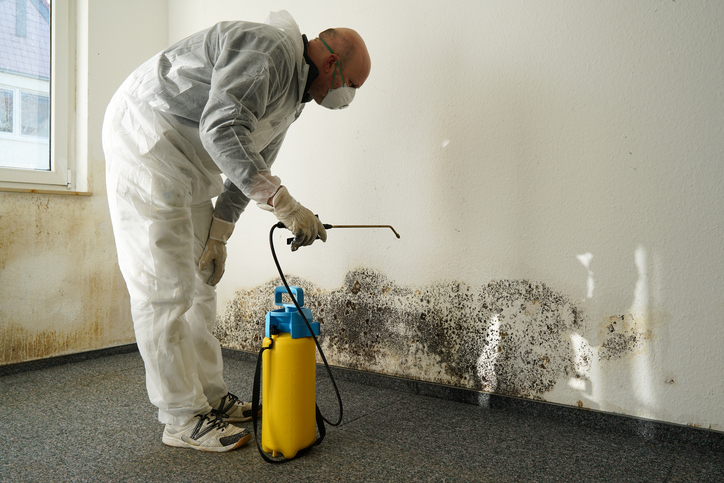The Occupational Safety and Health Administration (OSHA) has no specific standards concerning mold and fungus exposure in indoor environments. However, visible mold growth or strong mold odors should not be present in the workplace. Today we will look at ways to protect your workers from exposure to mold.
 |
Many states have or are developing regulations or have passed legislation applicable to fungal growth in indoor environments.
Although OSHA has no specific standard concerning mold, you can be fined under the General Duty Clause if the exposure is deemed particularly hazardous. In addition, the presence of mold indicates poor housekeeping and may lead to fines for other safety violations.
For example, earlier this year, OSHA fined a post office in Iowa over $63,000 for electrical hazards. The violations were found following a complaint alleging visible mold in the vestibule area of the post office.
Yesterday we talked about the first step in protecting your workers from mold exposure, i.e., taking the necessary steps to prevent mold in the workplace. Here are some tips for protecting your workers should you discover a mold problem.
Maintenance or Remediation?
Mold work is either maintenance or remediation, depending on the scope of the problem. Maintenance involves small areas of contamination (less than 30 square feet) and includes minor contamination cleanup in heating, ventilation, and air conditioning (HVAC) systems.
Remediation work is assumed to be large scale, and a specialized contractor will need to be hired.
Basic Work Practices for Mold Maintenance Work
Workers who are going to clean up mold should follow some key work practices—both the do’s and the don’ts.
Do:
- Wear a mask when potential mold-contaminated material is present.
- Ask workers not involved in the cleanup to leave the area.
- For cleanup, always wear appropriate personal protective equipment (PPE).
- Wipe off the mold with soap and water.
- Bag, seal, and throw away damaged materials.
- Check mold remediation guidelines for specific materials.
- Wet-wipe and use a high-efficiency particulate air (HEPA) vacuum.
Don’t:
- Don’t use bleach as a substitute for removal. It creates other worker hazards.
- Don’t disturb potential mold-contaminated materials without respiratory protection.
- Don’t use an air mover where dry materials can be disseminated.
- Don’t dry-scrape off mold contamination.
- Don’t just paint over mold.
Mold is just one of the many workplace hazards you may be dealing with. Check Safety.BLR.com® for hundreds of tools, training, and tips for protecting your workers in your facility.
